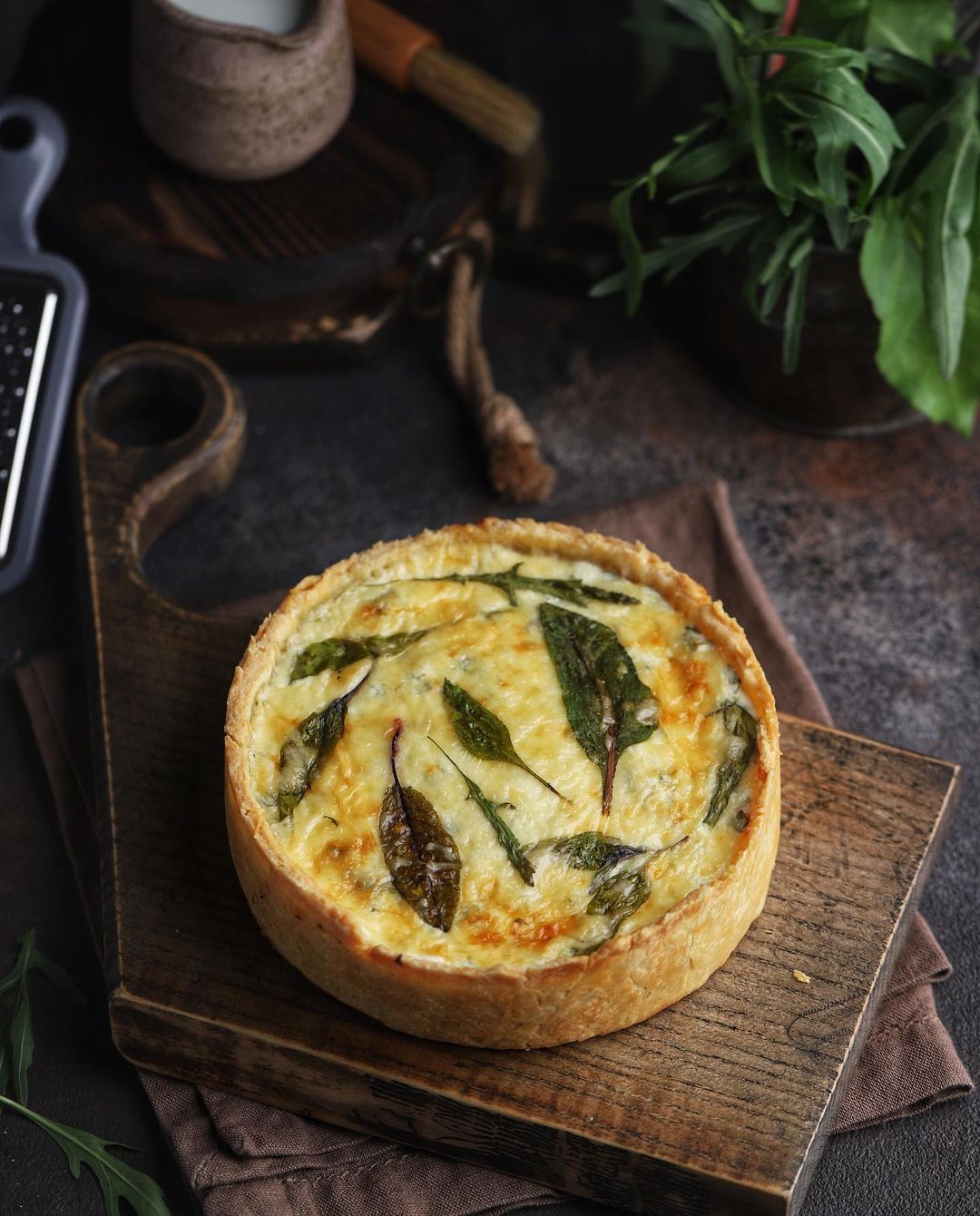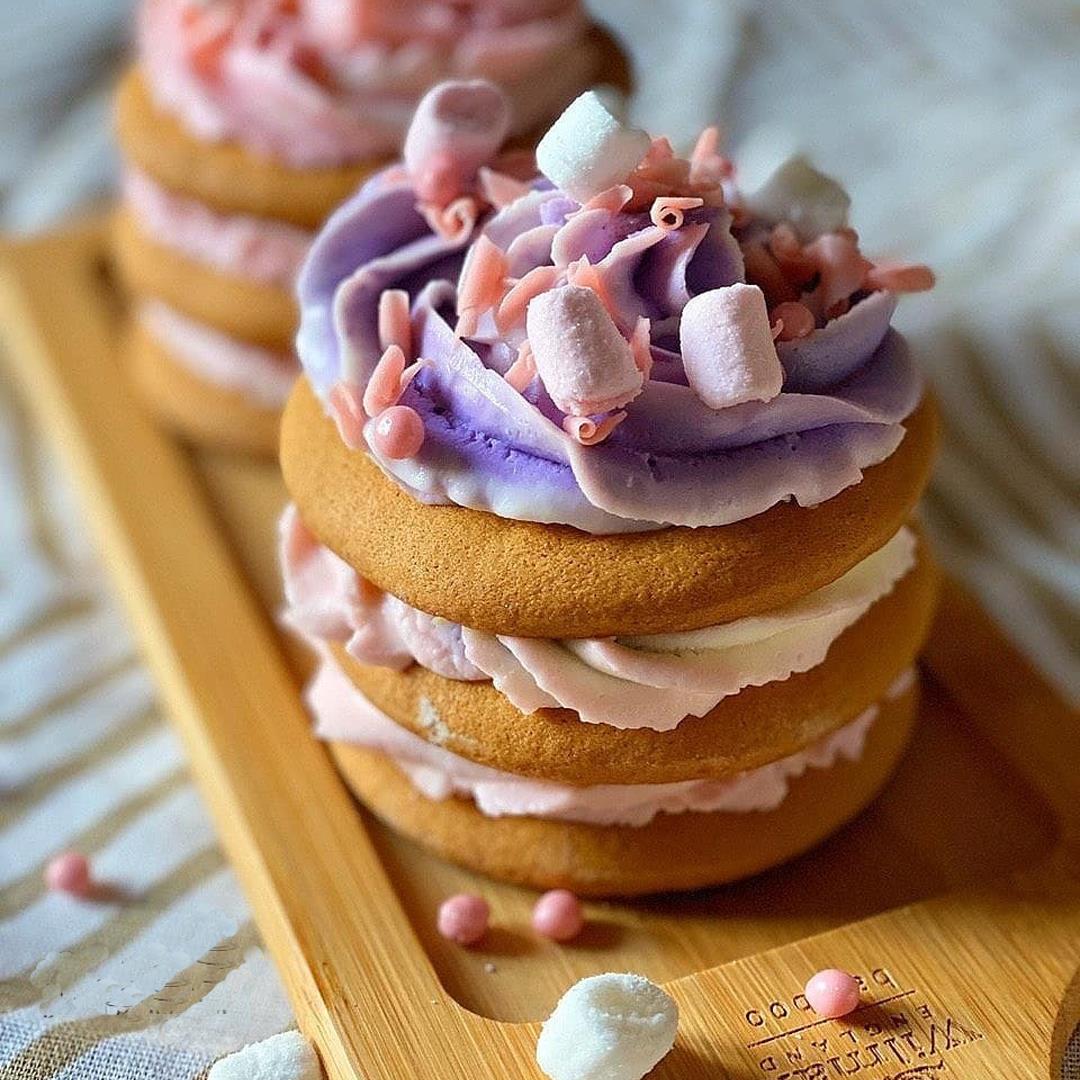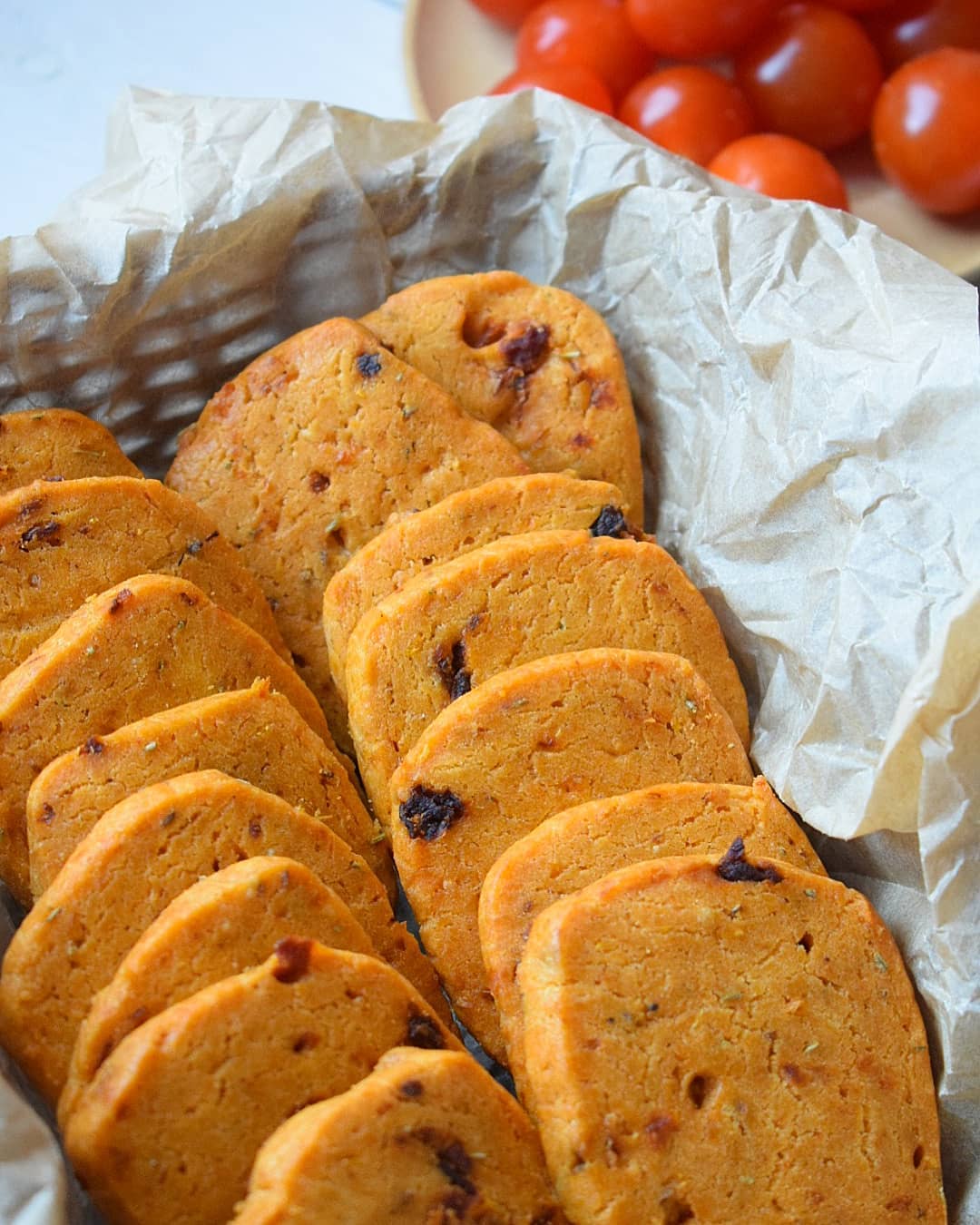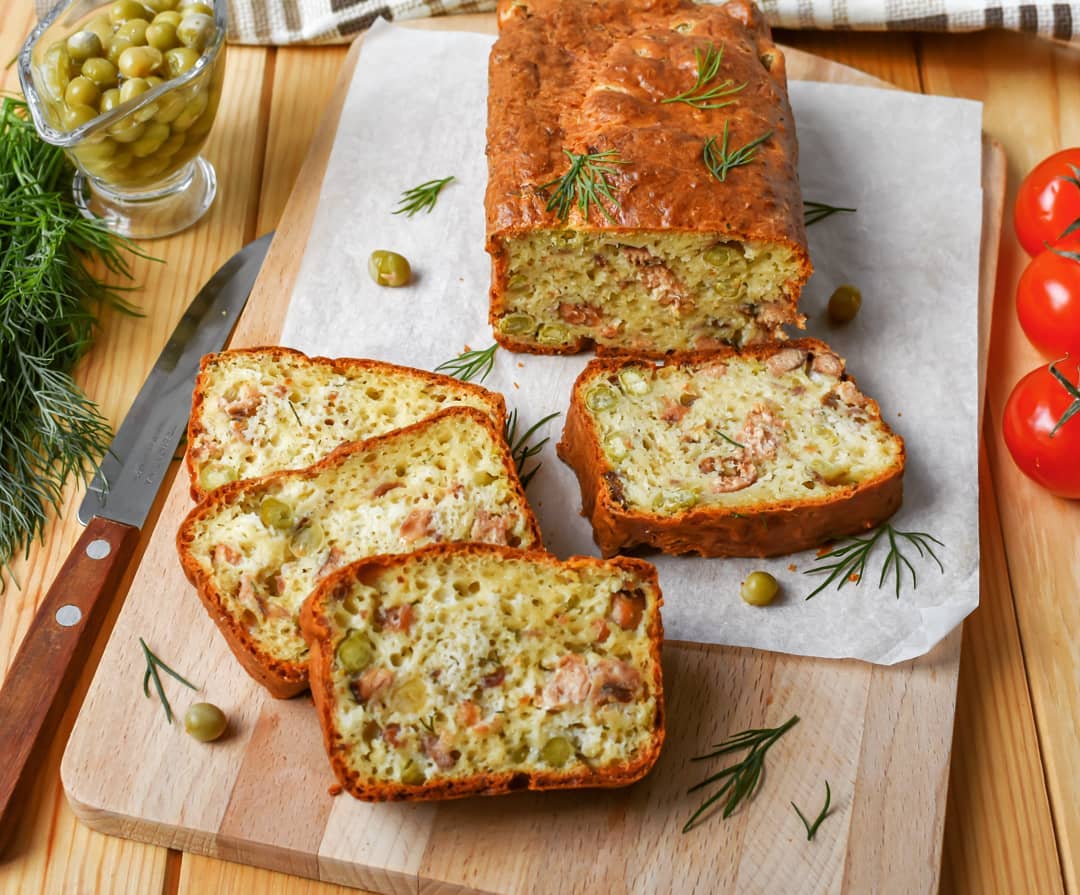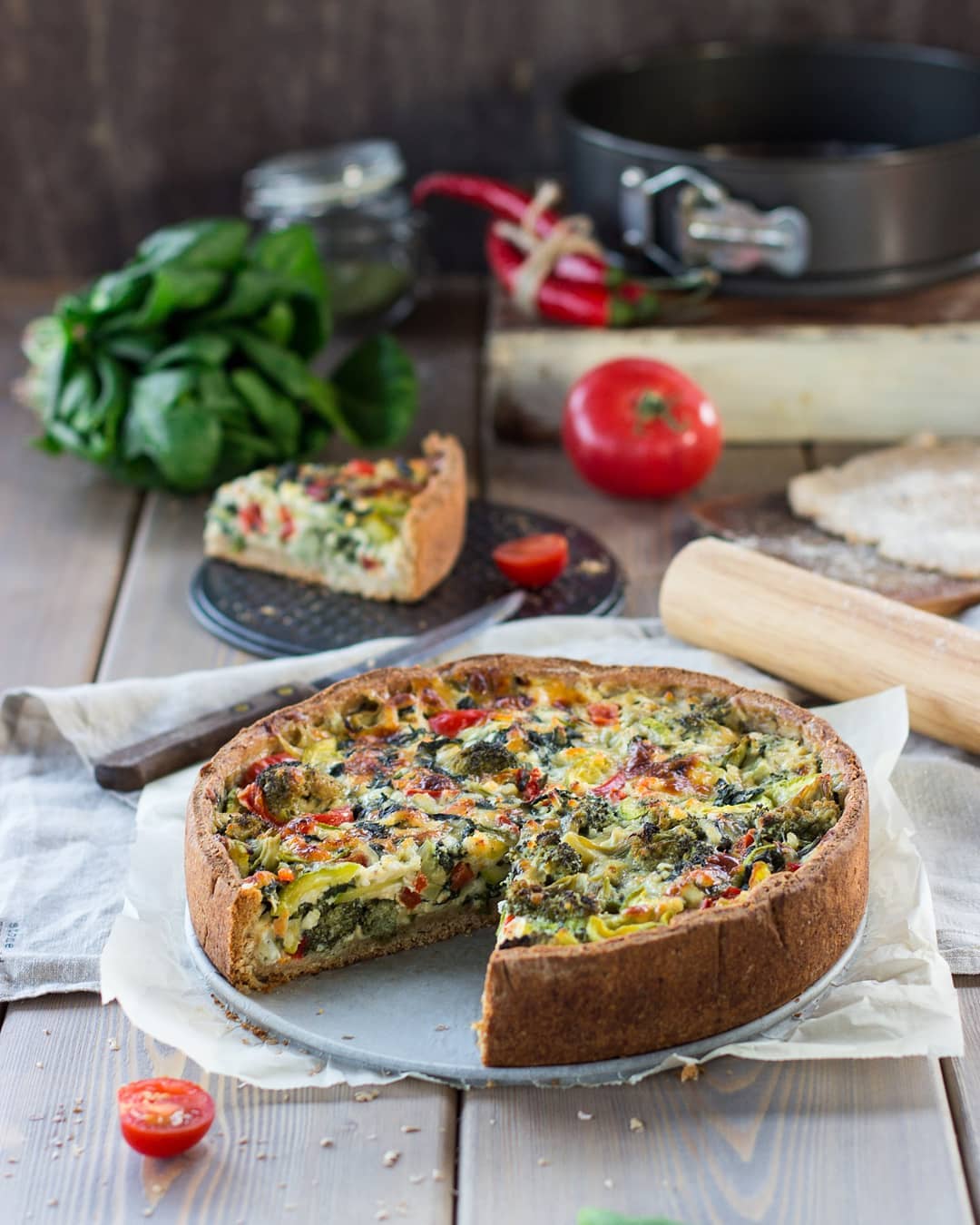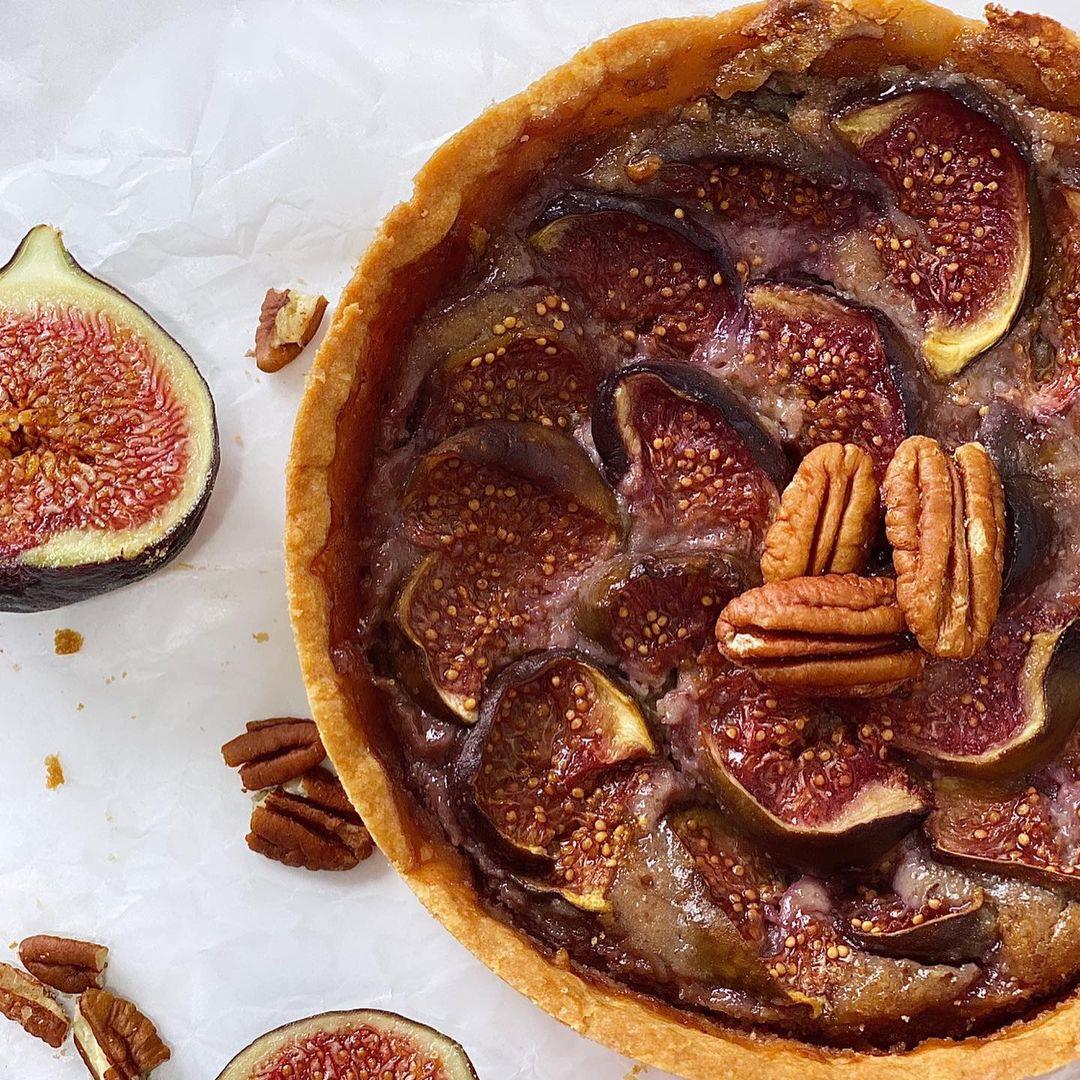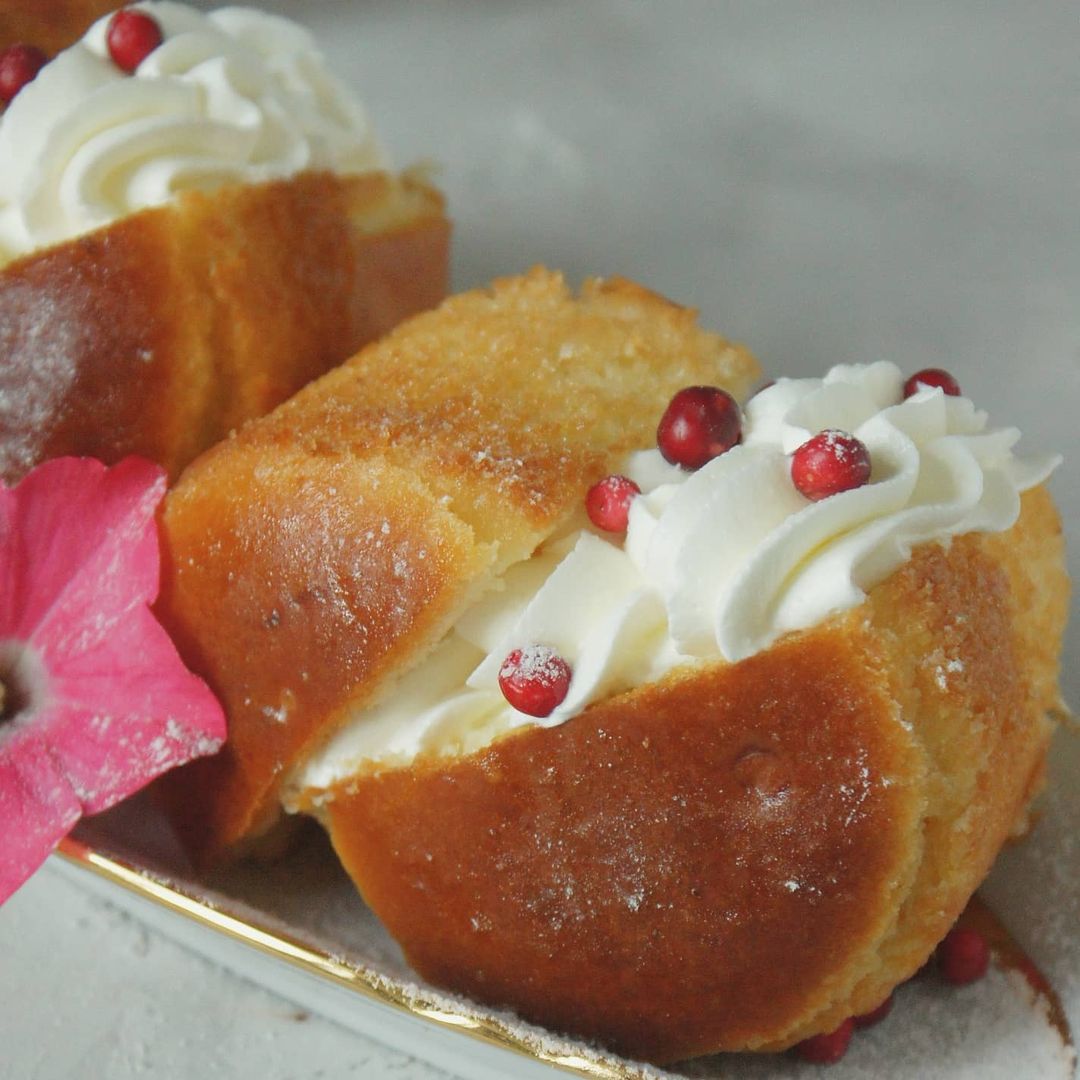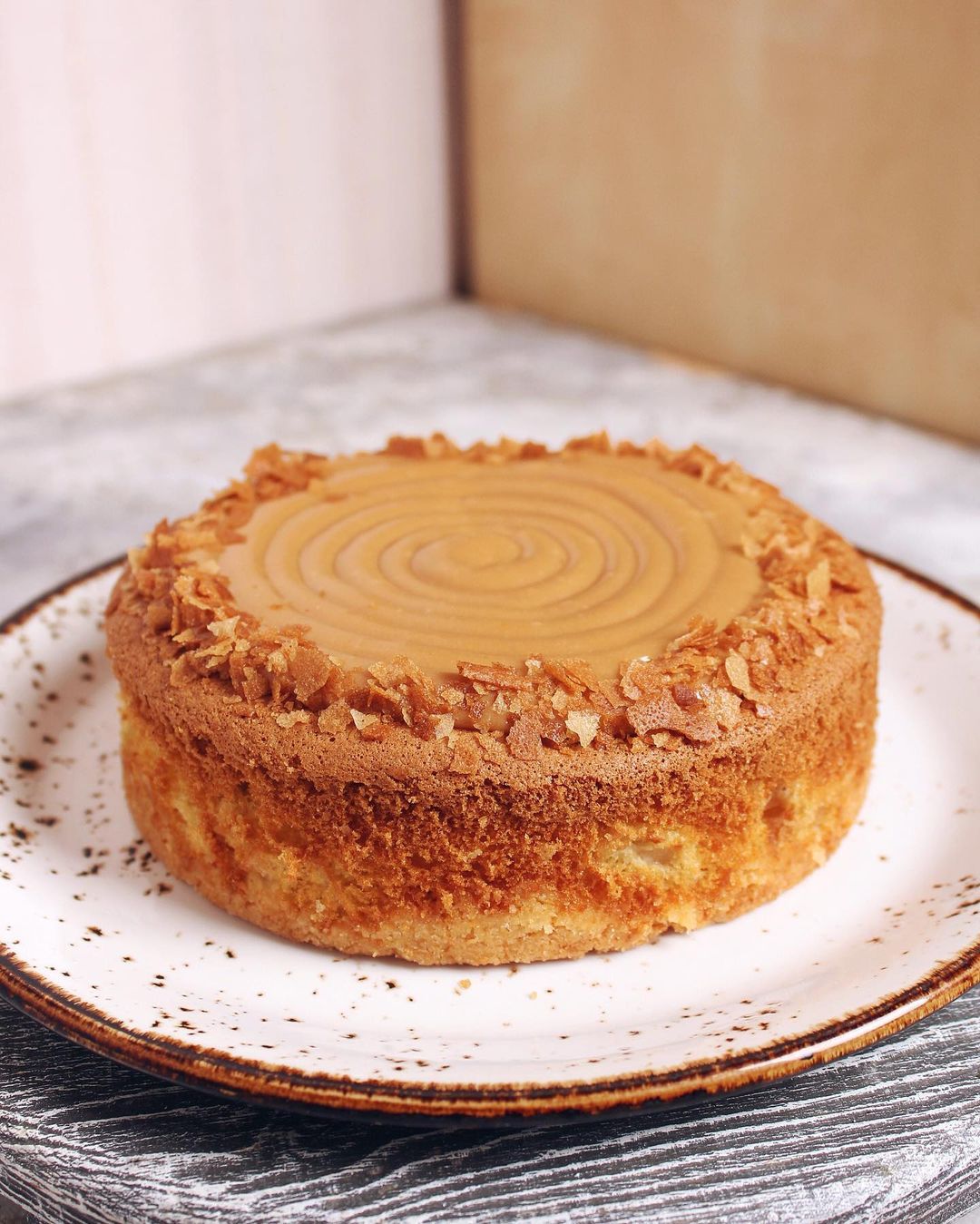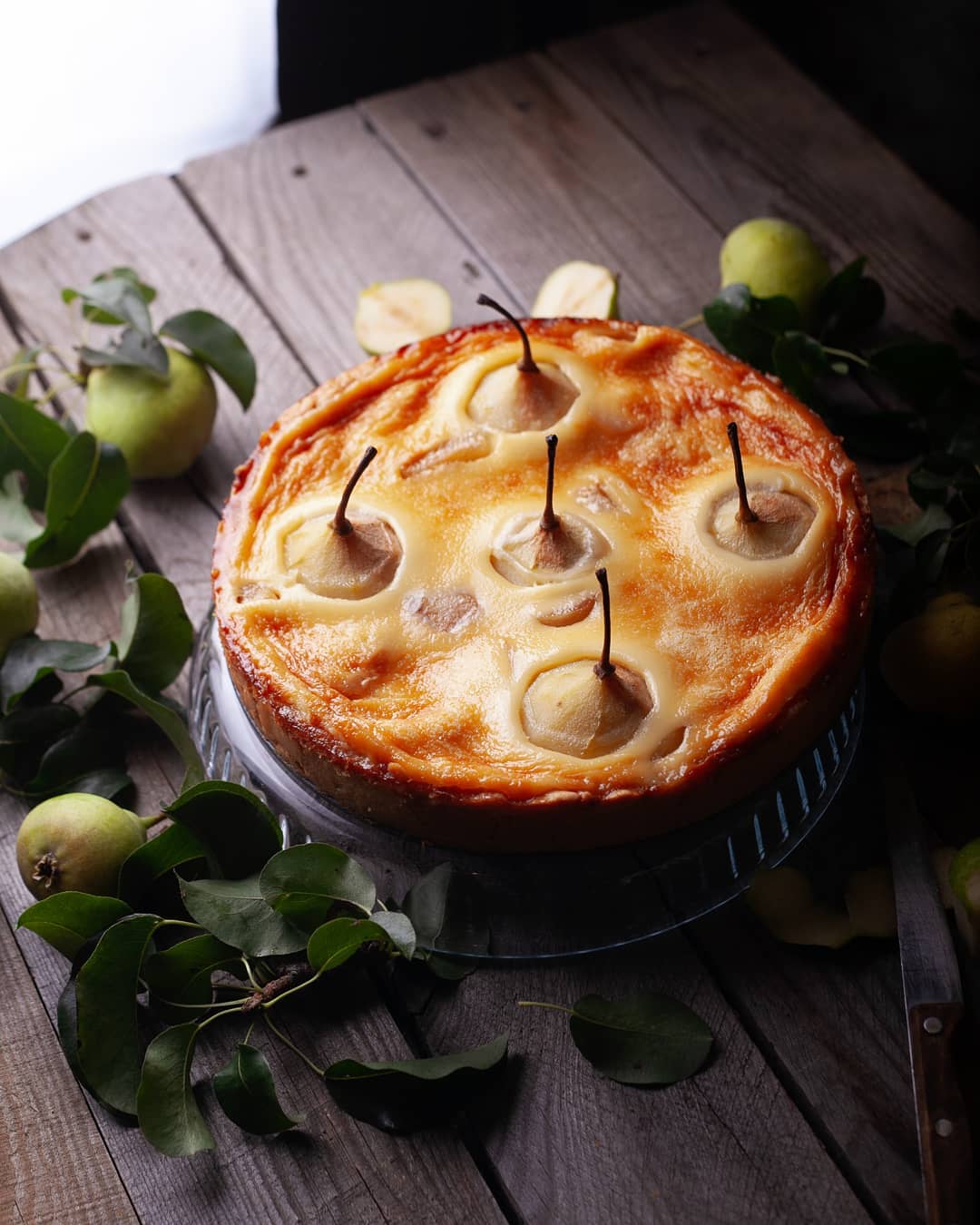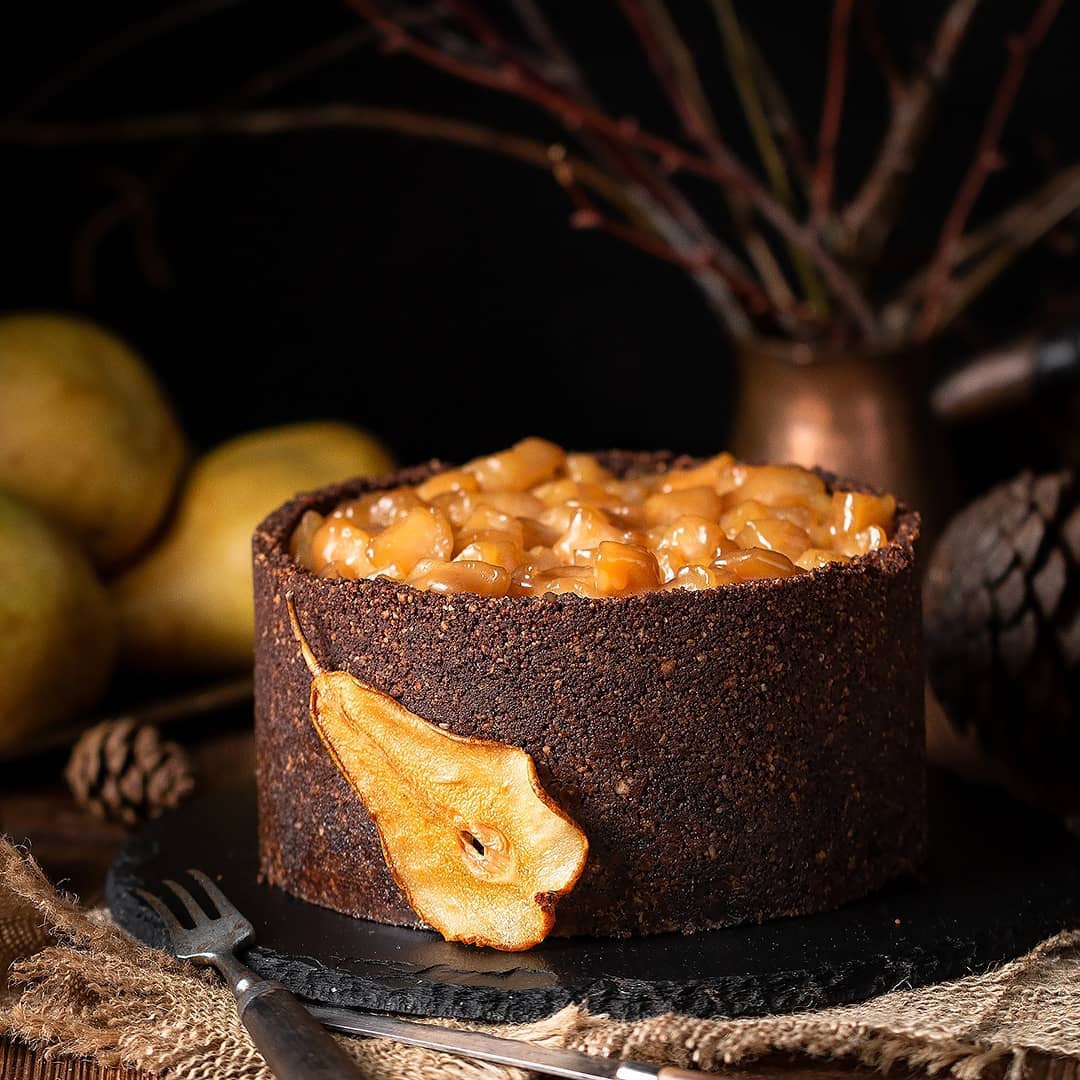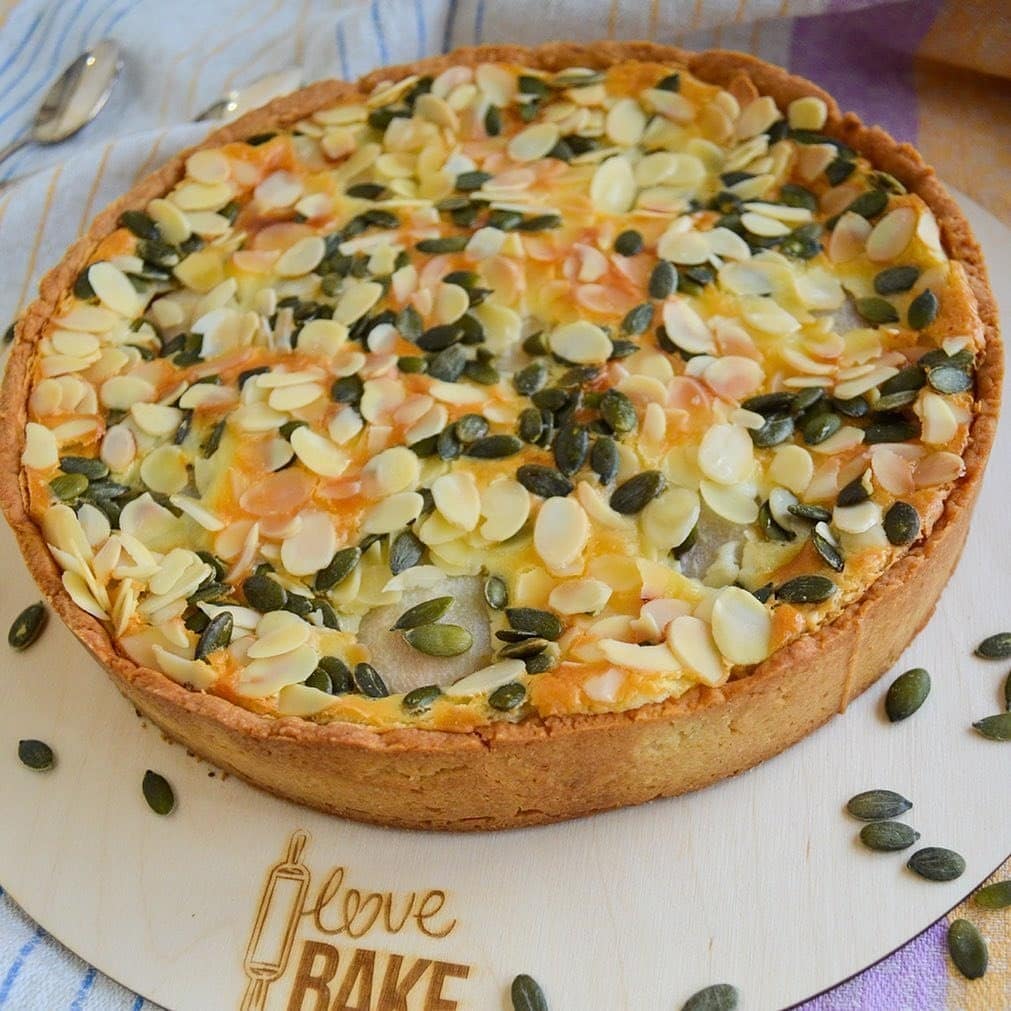Ingredients
Shortcrust pastry
Filling
Instructions
Step 1
Step 2
Step 3
Step 4
Step 5
Step 6
Step 7
Step 8
Step 9
Step 10
Step 11
Step 12
Step 13
Servings
Equipment
Essential for combining ingredients and ensuring an even mixture. Choose a large enough bowl to allow ample space for mixing without spills.
A must-have for rolling out the dough to the desired thickness. Lightly flour the rolling pin to prevent sticking.
Helps to roll out and transfer dough without it breaking. Also useful for lining the mold to prevent sticking.
The optimal size for this recipe, ensuring even baking and perfect proportion. Consider a non-stick mold for best results.
Useful for piercing the dough to prevent bubbles and for mixing ingredients. Keep it handy throughout the process.
Variations
Faq
- Why is my dough crumbly and not coming together?
Make sure your butter is cold and not too much flour is used. If it's still too crumbly, try adding a tiny bit of cold water until it comes together.
- How thick should I roll out the dough?
The dough should be rolled out to about 3-4mm thick to ensure it bakes evenly and achieves the right texture.
- Can I use a different type of cheese for the filling?
Absolutely! You can use feta, ricotta, or even a mix of your favorite cheeses to create a unique flavor profile.
- What herbs work best in this recipe?
Spinach, chard, and green onions are suggested, but feel free to experiment with other herbs like dill, parsley, or basil to add your own twist.
- Can I prepare the dough in advance?
Yes, the dough can be made a day ahead and stored in the fridge. Just make sure to wrap it tightly in plastic wrap.
- How do I prevent the dough from shrinking while baking?
Chill the dough well before baking and avoid stretching it too much when placing it into the mold. Blind baking with weights also helps in keeping its shape.

